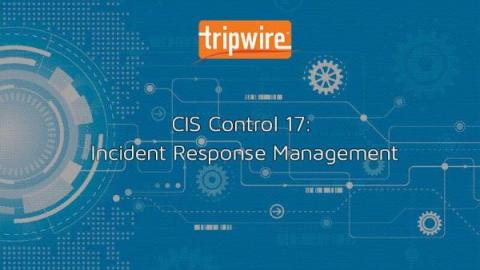Ransomware costs show prevention is better than the cure
If your company is worried about the financial hit of paying a ransom to cybercriminals after a ransomware attack, wait until they find out the true cost of a ransomware attack. Because the total costs of recovering from the ransomware attack are likely to be much, much higher. That’s the finding of a new study by researchers at Check Point, who discovered that the average total cost of a ransomware attack is more than seven times higher than the average ransom paid.





